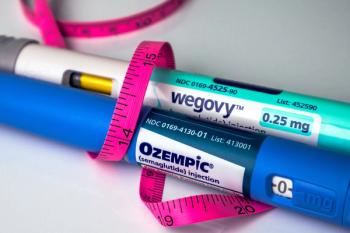
Pharmacists Can Promote Sun Safety Through Education, Product Accessibility
Pharmacists must take a multifaceted approach to educating patients on sun safety that extends beyond sunscreen counseling, according to Colleen McCabe, PharmD, BCOP.
Many misconceptions about sun safety exist. Some think that sunscreen offers complete protection from the sun, while others think that people with darker skin are immune to sun damage. These sun safety myths, and others—such as the mistaken belief that people can skip sunscreen on cloudy days—can lead to overexposure to ultraviolet rays, increasing the risk of sunburn, and more seriously,
With their accessibility to patients, pharmacists are well positioned to clear up these misconceptions and promote sun safety in their community. As Colleen McCabe, PharmD, BCOP, oncology clinical specialist in adult melanoma and sarcoma at Vanderbilt University and Medical Center, points out, education is key.
“The biggest risk factor, and the thing that we can educate most on besides just sunscreen, is direct sun exposure in general,” said McCabe. “So, trying to avoid those sun [rays] between 10am to 4pm, or at least 11am to 2pm, when the sun is really at its highest.”
Pharmacists must take a multifaceted approach to educating patients on sun protection. Teaching patients about strategies such as wearing sun-protective clothing, seeking shade during peak sun hours, and maintaining sun safety practices even on cloudy days, can empower patients to enjoy the outdoors safely.
Complementing this education with product accessibility can stretch patient counseling even further. By combining the 2 in their practice, pharmacists can significantly impact
“I think one of the main ways [that pharmacists can promote sun safety in the physical space is] having some of those endcap stands by the pharmacist [stocked with] your sun protectives, your sunglasses, your sunscreen,” said McCabe. “While you’re counseling a patient on a medication or filling prescriptions, [patients] are easily able to reference that endcap with those different resources there.
READ MORE:
Pharmacy practice is always changing. Stay ahead of the curve: Sign up for our
Newsletter
Pharmacy practice is always changing. Stay ahead of the curve with the Drug Topics newsletter and get the latest drug information, industry trends, and patient care tips.




